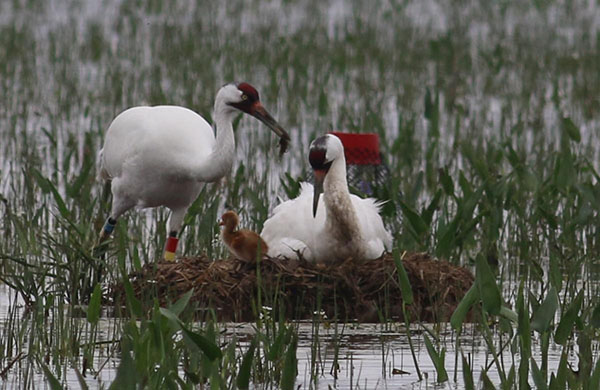LEEC eNews Bulletin: Louisiana Welcomes Whooping Crane Hatchling

|
To subscribe, send an email from the address you want subscribed to:
ListServer@nwrccom.cr.usgs.gov with the subject "subscribe cwppra" without the quotation marks. |
Connect with us:
|
|
|
|
||
|
Submit CWPPRA Newsflash Requests to: ladnerk@usgs.gov
|
||
|
|
||